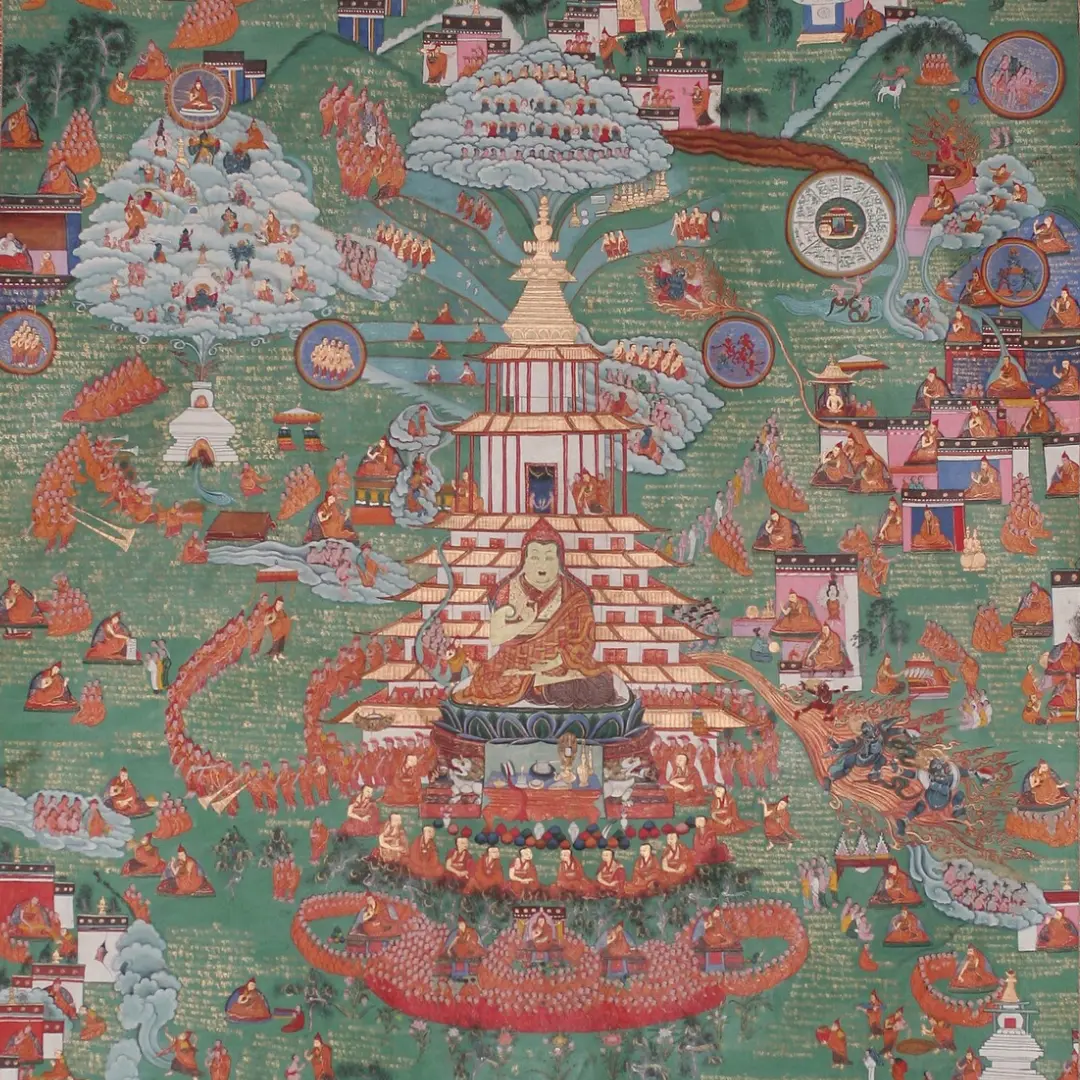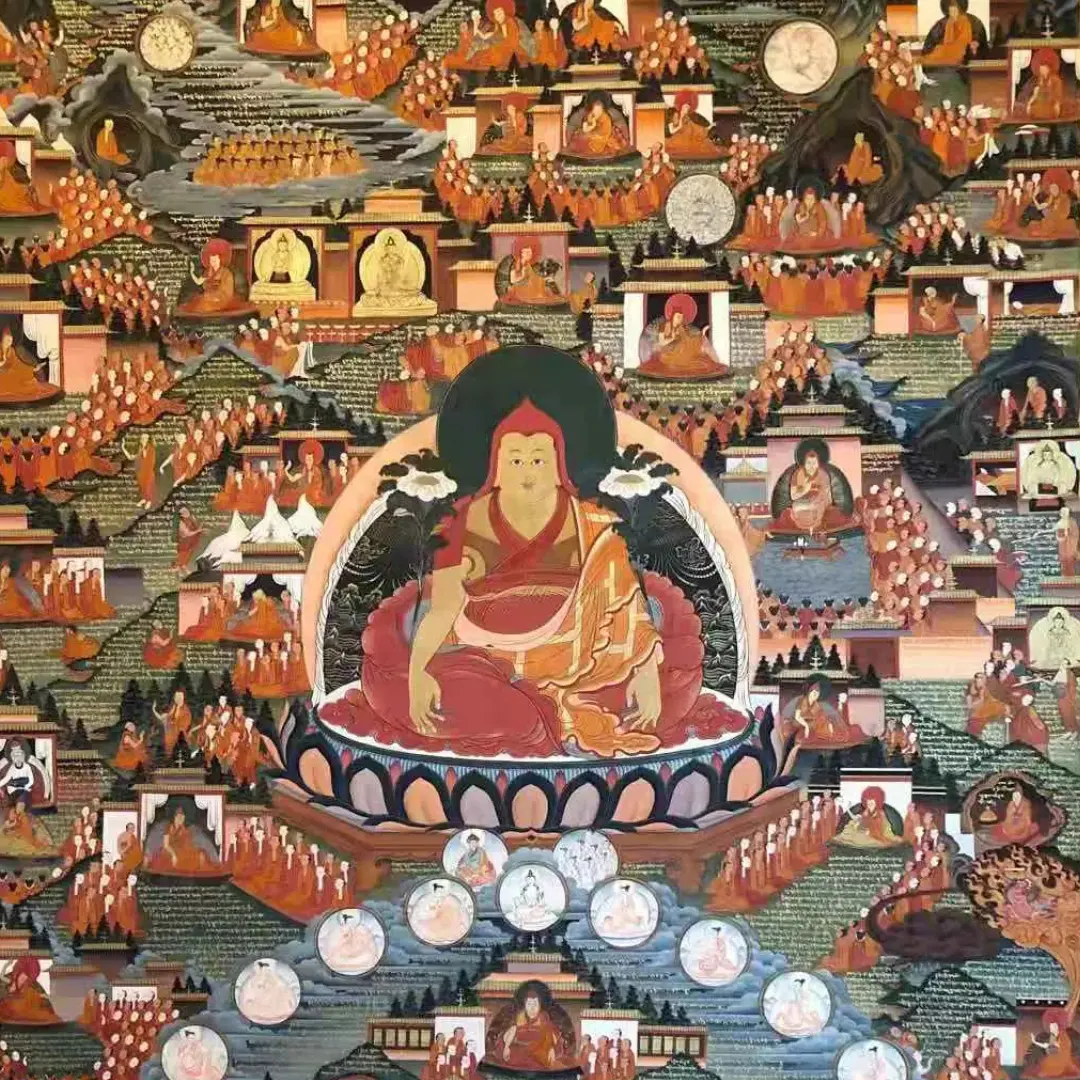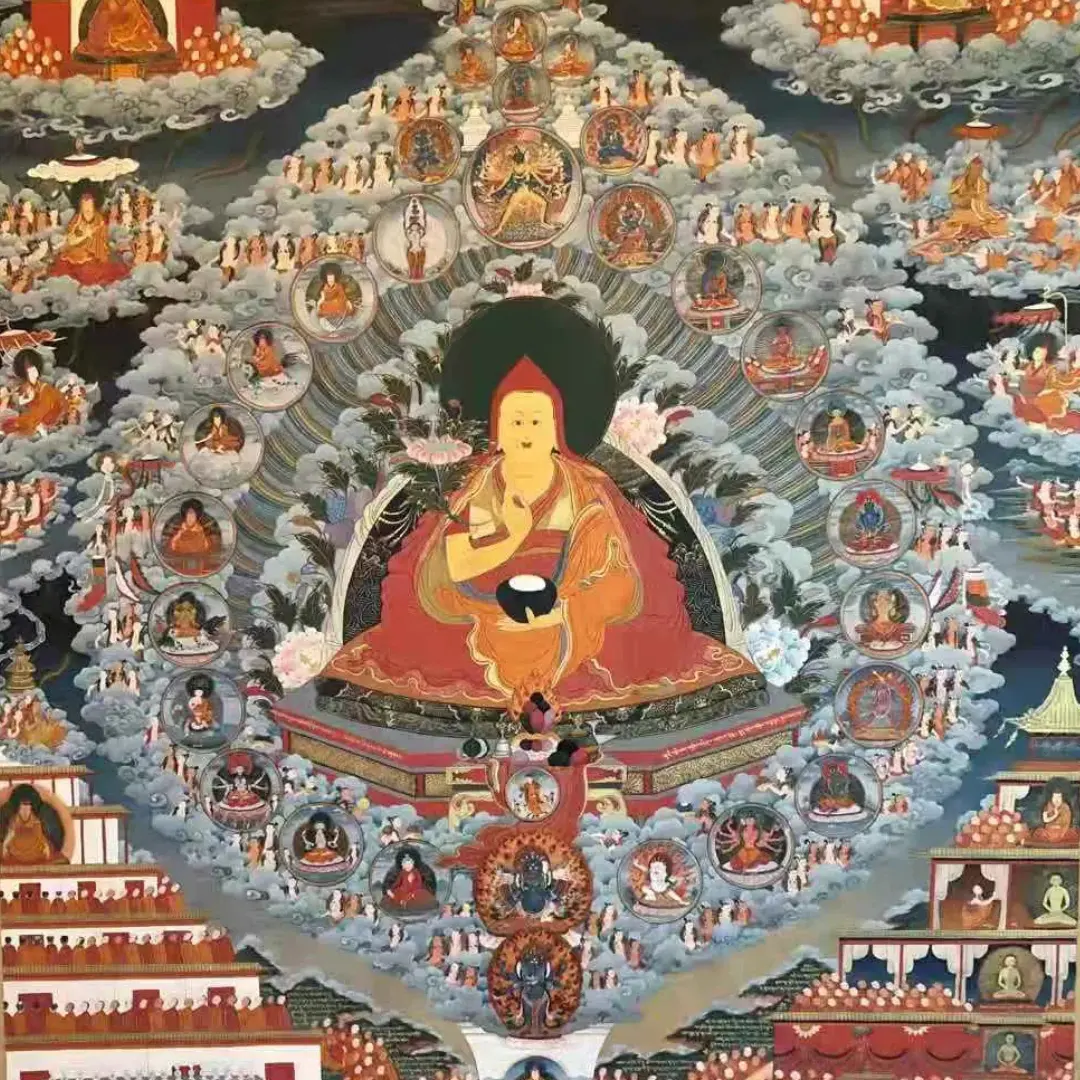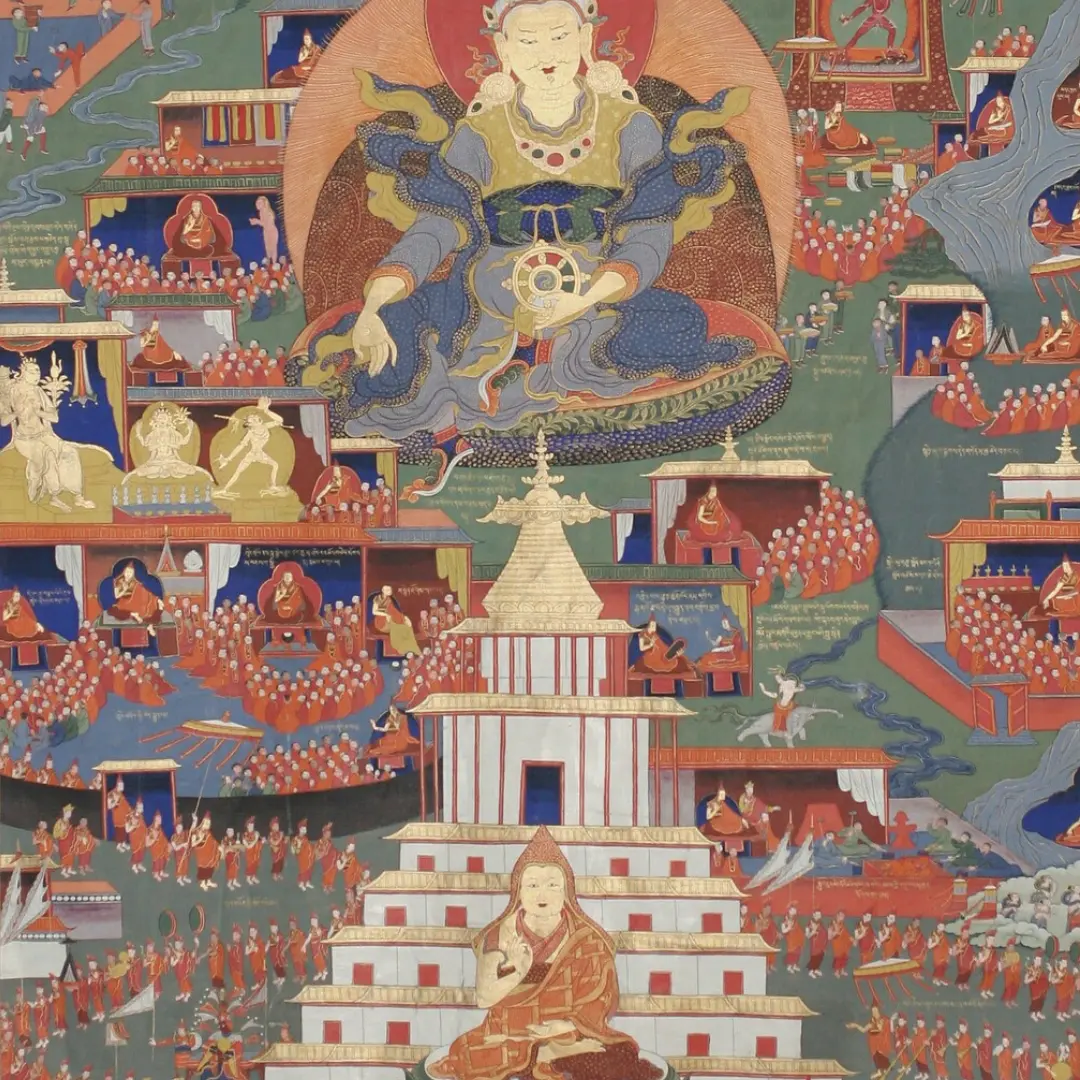I pray to you Dolpopa. You are the omniscient Lord of Dharma, who perfectly understands the three turnings of the wheel of Dharma and the four classes of tantra.
Please show the unmistaken path to all beings!
Who is Kunkyen Dolpopa Sherab Gyaltsen?
Dolpopa’s Journey to find the Completion Golden Dharma
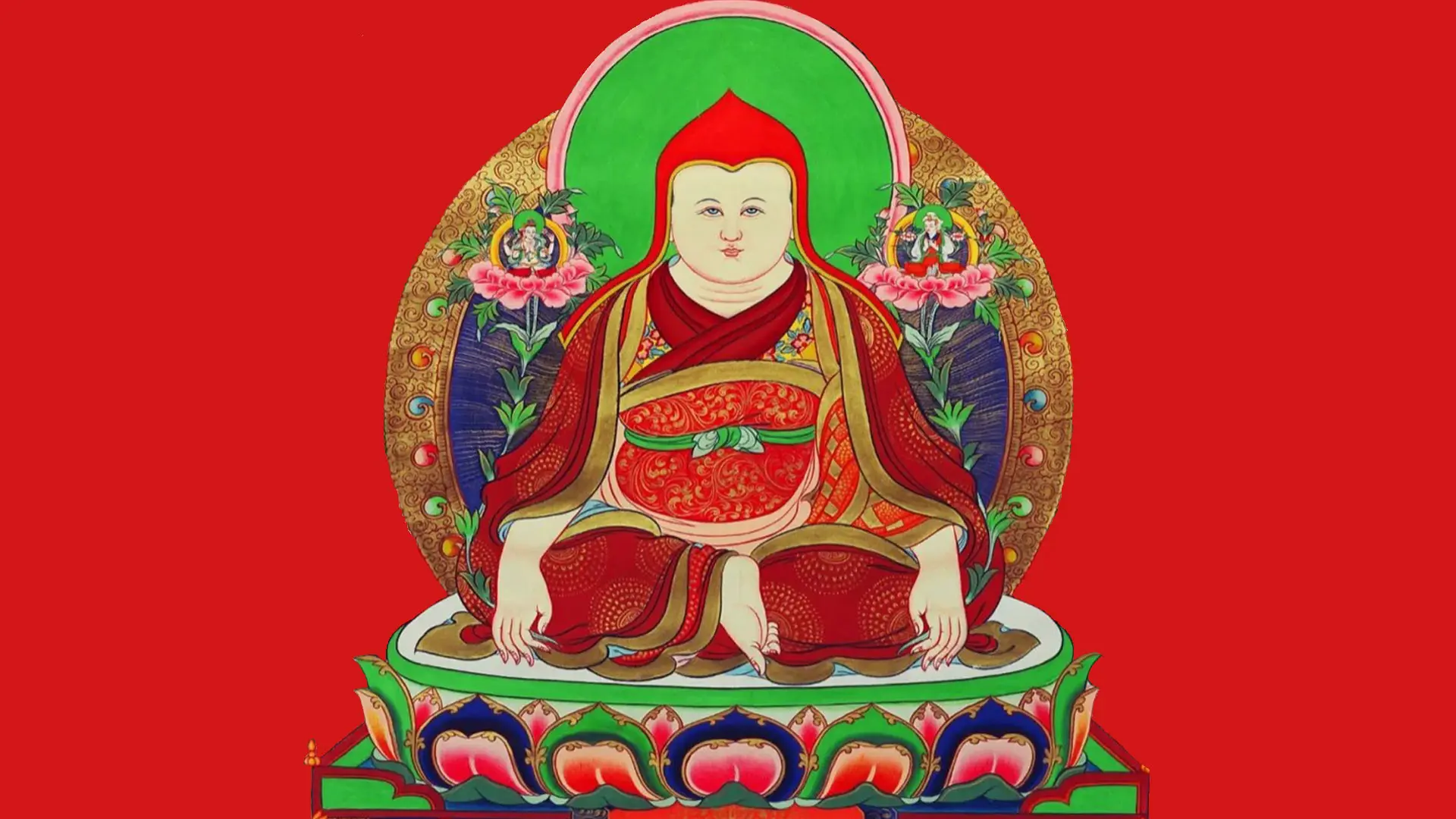
FREE COURSE
Commentary on Dolpopa's Letter to the Emperor of China
Khentrul Rinpoche gives a commentary on Dolpopa's letter which expounds the tenets of Zhentong Madhyamaka View. It's a good way to familiarize yourself further with this philosophy.
Founder of the Zhentong Middle Way Philosophy
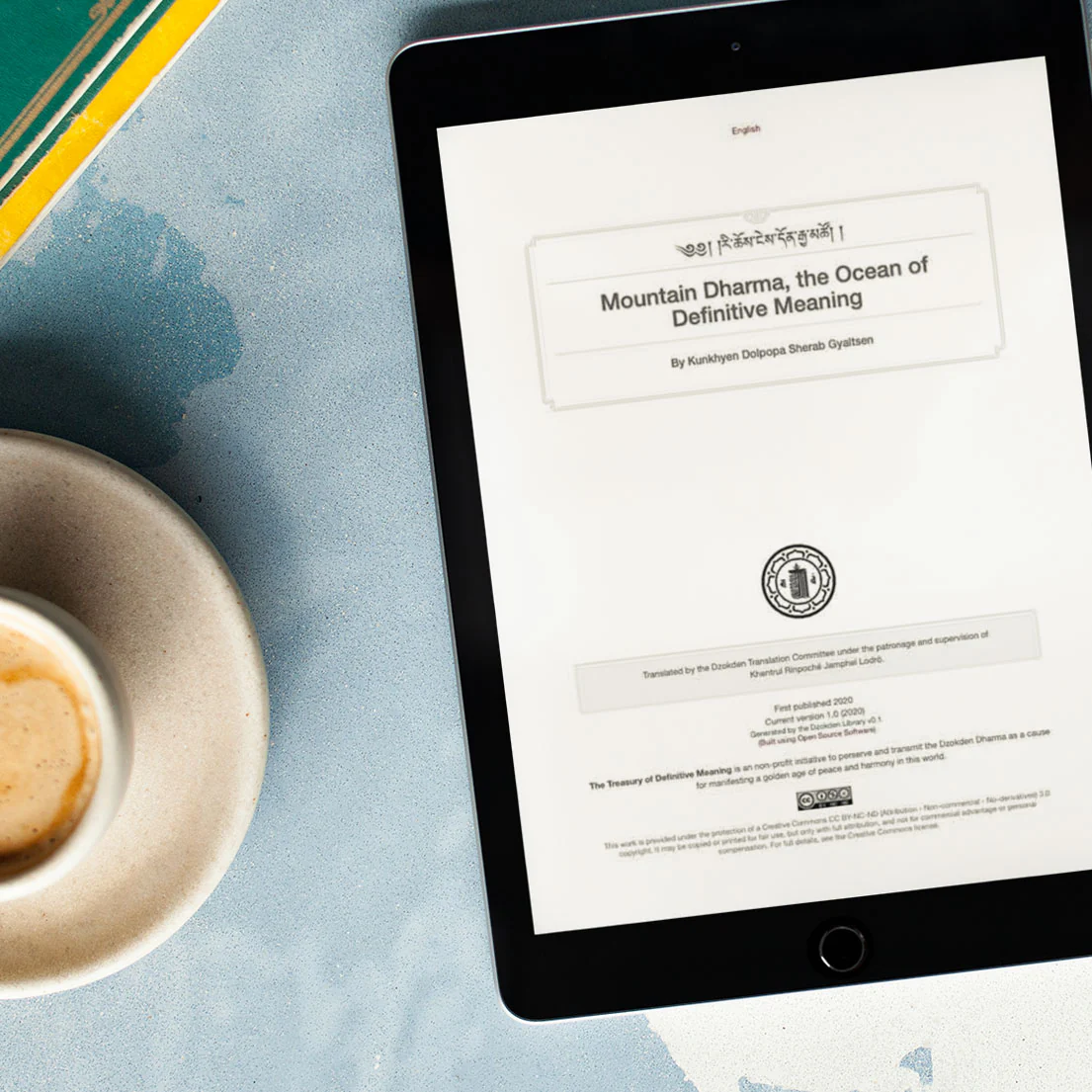
Mountain Dharma: The Ocean of Definitive Meaning
By Dolpopa Sherab Gyaltsen
Translated By Rimé Lodrö (Ives Waldo)
This key text is an import work on the Zhentong View. Reading it even once will bring many blessings to you and help you understand this view.
Ocean Like Dharma Comes From
Building the Mountain Like Stupa for His Lama
Build a Replica of Dolpopa’s Stupa
Liberation Upon Seeing 100,000 Buddhas
Get involved in this project at Dzokden Shambhala
The Fourth Council
བཀའ་བསྡུ་བཞི་པའི་དོན་བསྟན་རྩིས་ཆེན་པོ།
The Great Calculation of the Doctrine Which Has the Significance of a Fourth Council
The Great Mahasiddha
In his later years, Dolpopa passed his Dharma responsibilities onto his regent and dedicated himself to meditation and practice. Subsequently, his realizations became even more profound and subtle. As a result, he displayed many extraordinary capacities such as no longer needing to eat or drink. When he did take food however, it seemed as if there was no limit to the amount he could eat, and yet, no matter how much he ate, there was never any waste, as it was all consumed by the blazing of his inner fire.
In 1361, soon after Dolpopa had returned from a long journey to Lhasa, he passed into parinirvana amidst countless auspicious signs. While his physical body has long since dissolved, his spiritual presence continues until this day. For this reason we pray that he will continue to show the unmistaken path to all beings.
Dolpopa’s Parinirvana
We celebrate this meritorious day each year.
Find this year’s global celebration on our schedule
